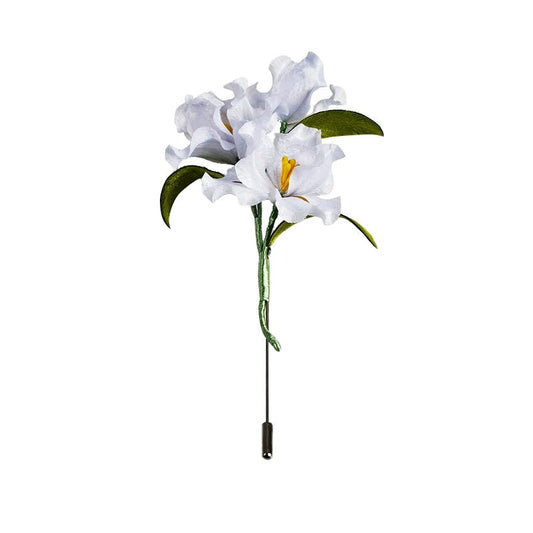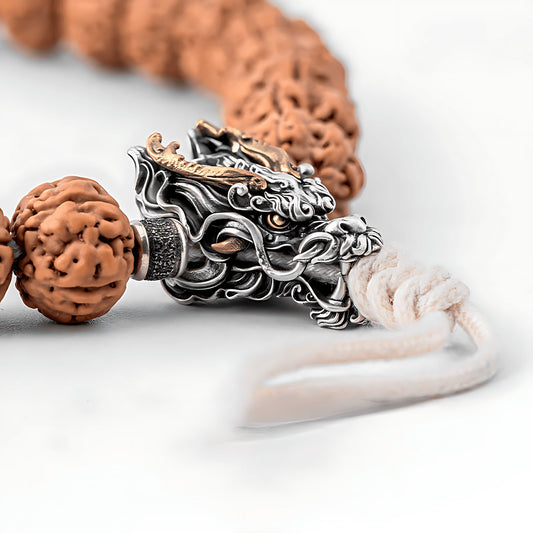
The Art of Thangka: A Deep Dive into Tibetan Spirituality

The Art of Thangka: A Deep Dive into Tibetan Spirituality
Thangka paintings are one of the most distinctive and revered art forms in Tibetan culture, woven deeply into the fabric of Tibetan Buddhism. These vibrant, intricate artworks offer more than just aesthetic value—they are a means of conveying spiritual teachings, guiding meditation, and preserving sacred traditions. In this blog, we’ll take a deep dive into the history, significance, and cultural roots of thangka paintings and explore how they reflect the core beliefs of Tibetan Buddhism.
What is a Thangka?
A thangka is a traditional Tibetan Buddhist painting or scroll that typically depicts religious subjects such as Buddhas, Bodhisattvas, deities, or mandalas. These works of art are not just ornamental; they serve as a visual aid for meditation and spiritual practices. They are typically created on fabric, often silk, and are framed by a decorative textile border for easy portability. Thangkas can vary greatly in size, from small pocket-sized images to grand wall hangings.
The History of Thangka Art
The roots of thangka painting date back to the 7th century, during the reign of the Tibetan king Songtsen Gampo, who is credited with establishing Buddhism as the state religion. Early Tibetan art was influenced by Indian and Nepalese Buddhist traditions, but as Tibetan Buddhism developed its unique identity, so did the style of thangka painting.
The tradition of creating thangkas flourished over centuries, particularly in monasteries where monks would study and create them. Thangka artists would often receive formal training in sacred iconography and learn to paint specific figures, symbols, and deities with great precision to ensure the paintings adhered to religious and spiritual guidelines.
Thangka and Tibetan Buddhist Beliefs
Thangkas are not just artistic representations; they are deeply spiritual objects imbued with meaning. They reflect many of the key concepts in Tibetan Buddhism:
-
Representation of the Divine: The primary function of a thangka is to depict the divine. Whether it’s a depiction of the Buddha, Bodhisattvas, or Tibetan saints, the goal is to inspire reverence and connect with these spiritual beings. Thangkas often portray figures in a highly symbolic manner—such as the Buddha with certain hand gestures (mudras) or particular postures—that reflect their spiritual significance.
-
Spiritual Teaching and Meditation: Thangkas are a tool for learning. Their intricate details are meant to guide viewers in their meditation practice. For example, a thangka of a deity may serve as a reminder of a specific quality to cultivate, such as compassion, wisdom, or patience. A meditator can focus on the thangka to visualize the deity, immersing themselves in the teachings of that figure and contemplating its qualities.
-
Mandala and Cosmic Order: Many thangkas feature mandalas, intricate geometric patterns that represent the universe and the Buddhist path to enlightenment. These mandalas are not only visually captivating but are also considered sacred objects, serving as symbolic representations of cosmic order and the enlightened mind. They help practitioners focus on the structure and interconnectedness of the universe during meditation.
-
The Wheel of Life (Bhavacakra): Another important theme in Tibetan Buddhist thangka paintings is the "Wheel of Life," a visual representation of samsara, the cycle of birth, death, and rebirth. This cycle is driven by attachment, ignorance, and aversion, and thangkas showing this wheel serve as a reminder of the impermanence of life and the importance of spiritual practice to break free from suffering.
The Creation of Thangka: A Sacred Craft
The creation of a thangka is not simply a task for an artist—it is a sacred act, often performed with great reverence. The process of creating a thangka can take months or even years, and involves detailed steps, including:
-
Preparation: The artist begins with a wooden frame and stretches canvas over it. Before any paint is applied, a sacred ritual is often performed to consecrate the materials and ensure the artwork will serve its spiritual purpose.
-
Drawing the Outline: Artists begin by sketching the subject’s outline in pencil, following strict iconographic guidelines that dictate proportions, placement, and symbolism.
-
Applying Color: The thangka is then filled with color, traditionally made from natural minerals, plant pigments, and gold leaf. Artists use a meticulous layering process to achieve the depth and vibrancy that characterize thangka paintings.
-
Final Touches: Once the painting is complete, it is often framed in elaborate silk brocade and blessed by a Lama (spiritual teacher) to imbue the painting with even greater spiritual power.
Thangka as a Teaching Tool
Thangkas are deeply intertwined with the Tibetan Buddhist teaching tradition. They are used in various ways to aid in the study of Buddhist scriptures and concepts. Teachers might use thangkas to explain the teachings of specific deities or principles, helping students connect visually with what they’re learning.
Additionally, thangkas serve as aids in ritual practices. They are used during Buddhist ceremonies, offering a focal point for prayers and meditation. Many Tibetan Buddhist communities will display thangkas in temples, monasteries, or personal shrines as a means of fostering an environment of mindfulness and devotion.
Thangka’s Role in Modern Tibetan Culture
While the religious context of thangka painting remains paramount, the art form has also evolved with modernity. Today, thangka art is not only found in monasteries but is also being exhibited in galleries worldwide, where it is appreciated for its craftsmanship and cultural significance. Many contemporary Tibetan artists continue to produce thangkas, blending traditional techniques with modern influences, ensuring the preservation of this sacred art form.
Furthermore, the art of thangka is becoming a source of cultural pride and recognition. As the world becomes more interconnected, the practice of creating and appreciating thangkas offers a window into Tibetan spirituality, allowing non-Tibetans to learn and engage with this sacred tradition.
Conclusion
Thangka art is far more than just beautiful imagery; it is a profound expression of Tibetan spirituality. Through these sacred paintings, Tibetan Buddhist teachings are passed down from generation to generation, offering both a visual and meditative guide to enlightenment. Whether you are a practitioner of Tibetan Buddhism or simply appreciate the beauty and symbolism of thangkas, understanding their significance deepens the appreciation of this extraordinary art form.
If you are inspired to explore thangka paintings further, consider studying the works of master thangka artists or even acquiring a thangka for your own home as a way to connect with this rich spiritual tradition.




